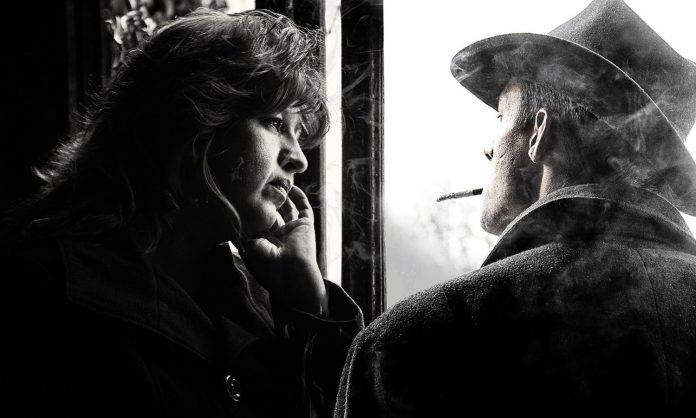
In a post on Writers Helping Writers, Becca Puglisi offers tips for creating tension through dialogue. “Tension is that gut-curdling, oh-crap feeling you get when you realize trouble’s coming,” Puglisi writes. “It’s the rising emotion that emerges at the onset or even the barest hint of conflict.”
You may not realize that your own conversations are good sources of tension. An email from your boss might suggest he’s unhappy with your work. A comment from your sibling might raise unresolved conflicts. A text from a friend could be interpreted several ways. Puglisi says writers can leverage these moments in dialogue to add tension.
Personality clashes are a good place to start. A person who speaks quickly and directly might have conflict with a character who is rambling and disorganized. “This can cause frustration for your character, who just wants her friend to get to the point already,” Puglisi says. “She responds by cutting him off, or nods her head impatiently while he’s talking. This triggers the friend’s defenses, putting him on edge.” Characters with opposing goals offer similar opportunities.
Highly emotional scenes and scenes that focus on your characters’ insecurities are also rife with potential conflict. “Pile on the emotional baggage just before an interaction, then sit back and watch the sparks fly,” Puglisi writes.
Bias, miscommunication, bad moods, and cultural differences can also spark tension that you can reveal in dialogue. Finally, Puglisi highlights the importance of subtext. “We’re not always 100% honest with our words, and the same should be true of our characters,” she says. “When we take the time to figure out what they really think or want to hide, we end up with interactions that are realistic and nuanced. And the potential for tension and conflict are huge.”











